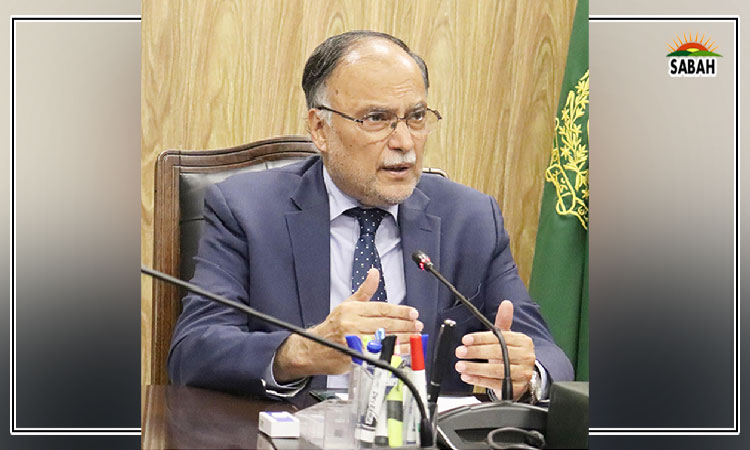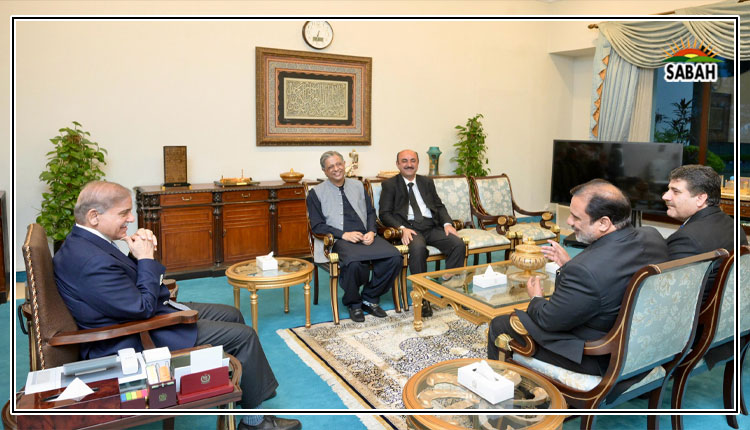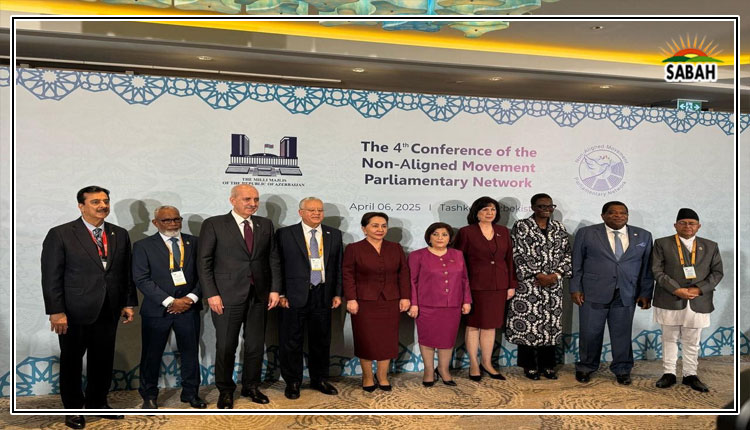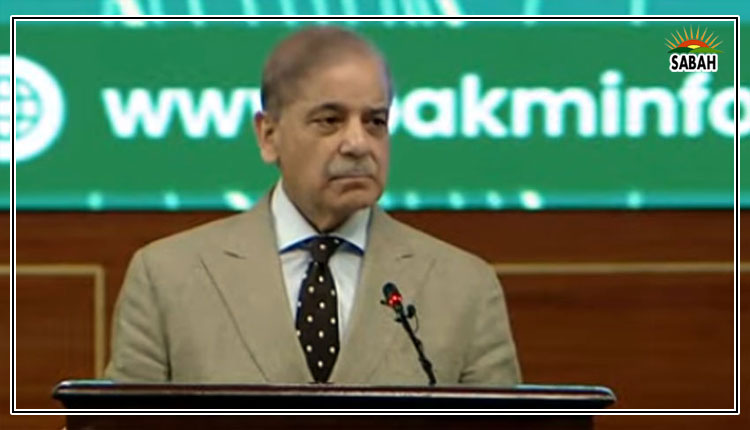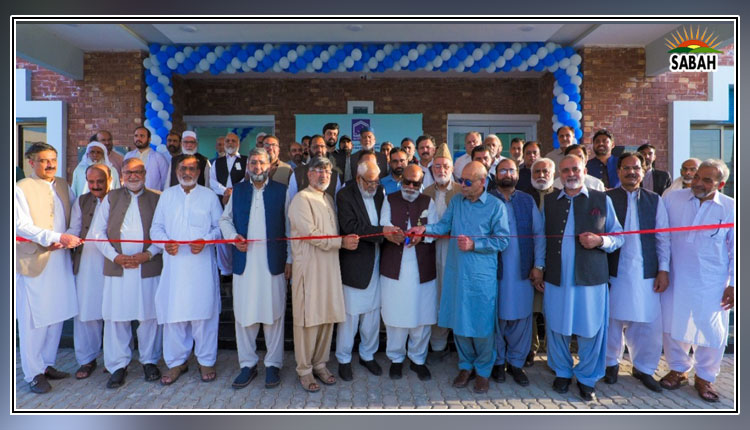Gender imbalance…Muhammad Khudadad Chattha
THE annual Aurat March always draws strong, polarising reactions from citizens across Pakistan. The most bizarre reaction (and unfortunately a common one) is to deny that gender inequality is, in fact, a problem in the country. I am writing with the hope that if you are someone who belongs to this category, or knows of someone who does, the following paragraphs will clearly show the stark gender imbalance in Pakistan. Rather than make an argument myself, we can let the numbers do the talking.
Let us start with some examples of economic and labour market disparities. House ownership is one rough gauge to measure gender/wealth disparity. According to the Demographic and Health Survey [DHS], 2017-18, only 3pc of surveyed women between the age of 15 and 49 years in Pakistan own a house. On the other hand, the same number for men is 72pc.
The Pakistani labour market shows similar disparity. The International Labour Organisation estimates that Pakistan has one of the lowest female labour force participation rates in the world only 25pc. The same number for males is estimated at 81pc. Part of the reason why female labour force participation in Pakistan is so low is that women end up taking on the bulk of unpaid work (for example, childcare) across the country. This leads to intra-household income disparities where men end up earning much more than women.
What do we learn from these numbers? Broadly, that men in Pakistan own significantly more assets and are engaged in the paid labour market in far greater numbers than women (and hence earn more).
Let us look at examples of disparity in education and politics. The adult female literacy was estimated at 46pc in 2019, while the same number stands at 69pc for males.
Within the realm of politics, male voter turnout in the 2018 general election exceeded female voter turnout by around 9.1pc, based on the statistics of the Election Commission of Pakistan. In other words, 11 million more men voted in the election than women. If you look at the gender disaggregation of our National Assembly, approximately only 20pc of the parliamentarians are women, and that too in large part on reserved seats.
What do we learn from this? That Pakistanis invest more in mens education than in womens. That womens electoral preferences are less well reflected in our governance system, compared to males, because of a lower female voter turnout as well as a lower presence of females in our national parliament.
Let us now try to understand the horrific challenge of violence against women. According to DHS, 2017-18, a whopping 28pc of women in Pakistan between 15 and 49 years of age have experienced physical violence. Twenty-six per cent of married women who have experienced spousal physical or sexual violence, have sustained injuries. Let that sink in. This grim paragraph shows that violence against women remains a huge challenge in the country.
The gender challenge within Pakistan relates to our values. Let us bring in some data from the World Values Survey, 2017-2022, that relates to some of the disparities mentioned in this piece. Starting with economic disparities, 72.1pc of individuals in the WVS sample either strongly agree or agree with the statement that there is a problem if women have more income than their husbands.
A whopping 85.3pc either strongly agree or agree that men have more right to a job than women do. Moving on to political disparities, 75.8pc either strongly agree or agree that men make better political leaders than women do.
There is, of course, much more nuance behind each of the numbers that have been cited above. There has also been progress on various dimensions of gender disparity in the country over time, thanks to increasing awareness of the gender disparities. The slowly rising labour force participation and female literacy rates are among the few examples of progress.
The objective here has not been to delve deep into each figure but to show that gender disparities in Pakistan are both pervasive and undeniable. This stark gender imbalance can be seen across most socioeconomic sectors within the country, including income, wealth, politics, education and many more.
Hence, before a defensive, knee-jerk reaction to the Aurat March sets in, we should take a hard look at the gender imbalance that surrounds us. Rather than deny that there is a problem and come up with all sorts of justifications, we need to accept that gender imbalance is a huge challenge in our country. Recognising the problem is the first step towards making progress on this crucial aspect of national life.
The writer has a doctorate from the University of Oxford and is graduate of the Harvard Kennedy School of Government.
Courtesy Dawn


